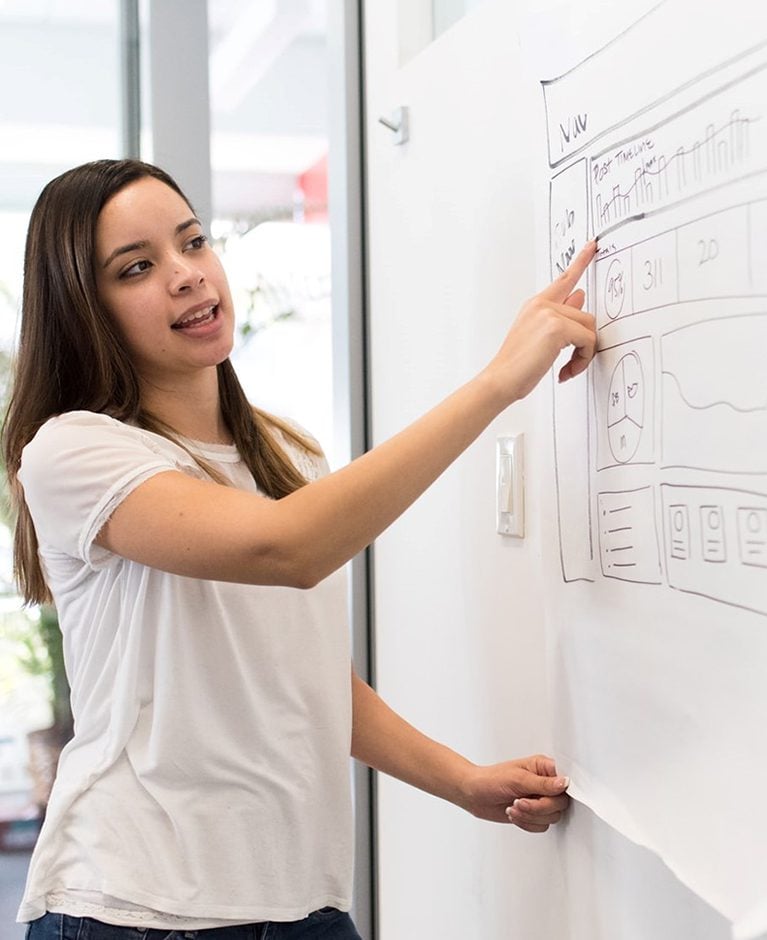Content directors who use inclusive design reach a broader audience and provide optimized learning experiences for a wide diversity of learners. They can utilize these eight aspects of inclusive design to create and lead your design team.
Inclusive Design Includes Everyone
This design process is a mindset that content directors and their teams use to design content that gives each learner the best possible experience. Most importantly, it’s a design process that is mindful of including everyone. Thus, designers are sensitive to individual preferences, needs, backgrounds, and abilities.
Reach Diverse Audiences
Because of that, inclusive design is meant to reach and engage with a wide variety of people. It addresses diverse audiences and strives not to leave anyone out.
Build and Lead an Inclusive Team
Therefore, the key to reaching an inclusive audience is building an inclusive team. Content directors should seek out team members that represent a wide variety of perspectives, including personnel from marginalized groups. Leaders can allow for remote or hybrid work. It opens greater opportunities to reach a broader pool of professionals for inclusive team building.
Address Unconscious Bias Through Inclusivity
Not surprisingly then, the overarching goal of inclusive design is to remove bias. Additionally, inclusive design addresses unconscious bias — the tendency to create stereotypes about groups without being aware of it — because of its unique process.
Differentiate Inclusive Design vs. Universal Design
More specifically, the inclusive design process requires content directors or VPs of content to create a diverse team of people who have varying perspectives to design and test market the content. Additionally, the content is sensitive to and engaging for as many people as possible, regardless of experience, learning style, culture, race, gender preference, socioeconomic status, and so on.
In comparison, universal design produces a product that can be used by as many people as possible without the need to adapt it. It focuses on the end product rather than the process to design the product. On the other hand, inclusive design is about the design process itself. It focuses on designing content that meets the needs of one and makes it available to many.
Inclusive Design Goes Beyond Accessibility
Therefore, inclusive design is a method. It begins with the idea of accessibility — providing an experience that all learners have access to, such as including image alt text, fonts of different sizes, and text to speech. Most importantly, it reaches far beyond that by providing each learner with diverse ways to participate, such as pairing a video to watch with a transcript to read or creating a textbook that includes images of people of all races, ethnicities, and abilities.
It Applies Plus One Thinking
In other words, inclusive design incorporates plus one thinking. The design team offers an additional way for a learner to get the same information for each learning task. Besides that, examples might include providing a downloadable file to use when internet access isn’t available, offering a game to assess learning, or supplying a conventional quiz.
Capitalize and Utilize Inclusive Media in the Design Process
Furthermore, an essential component of this design process is inclusive media. The design team should be aware of images, videos, memes, and graphics that show a full range of human diversity and ensure aspects like roles, dress, body type, and gender are not portraying stereotypical concepts.
In summary, inclusive design helps ensure all learners have a positive learning experience with successful outcomes. Content directors should keep these eight points in mind when building a team and creating content.





